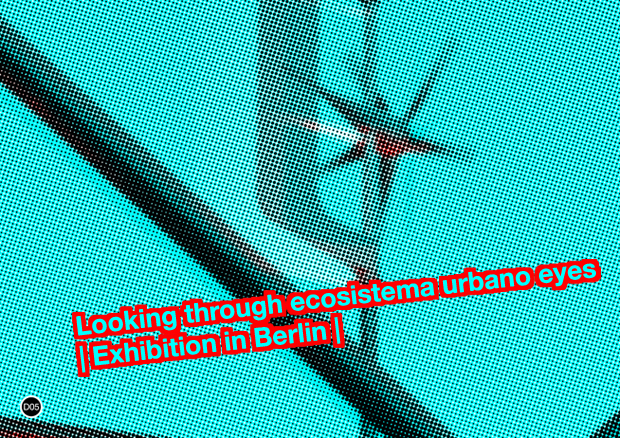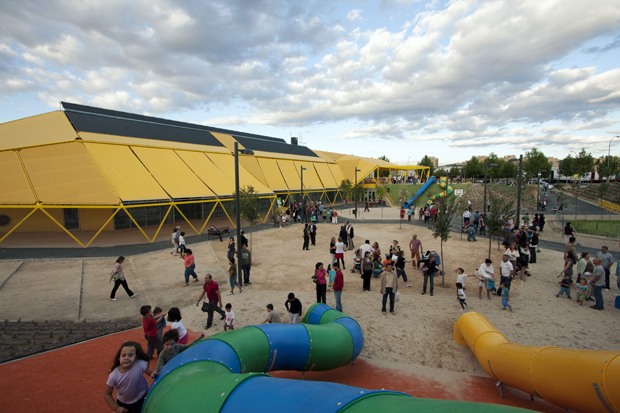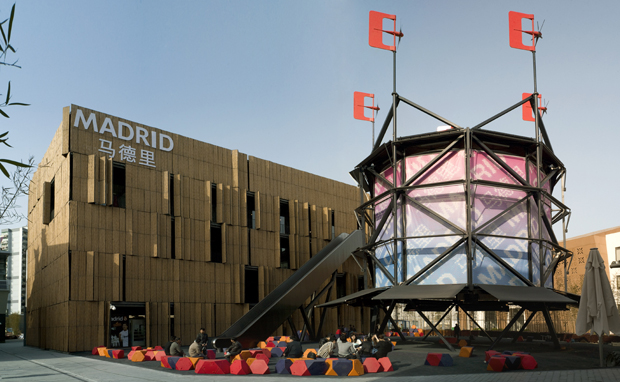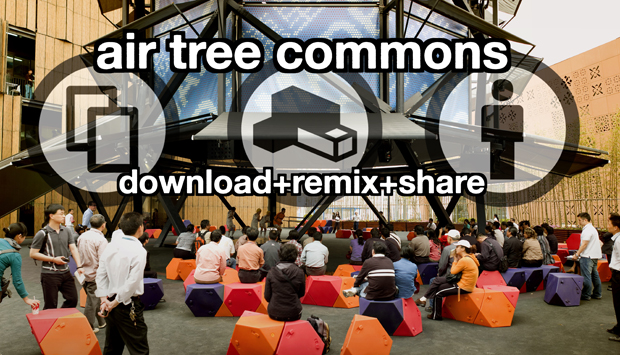Desde hace un tiempo el debate sobre temas de innovación y cultura contemporánea va incorporando, cada vez con mas frecuencia, conceptos como el de sensorialidad y el de espiritualidad. Este fenómeno me ha llamado la atención y creo que en su base se encuentra un asunto bastante complejo: la relación entre la revolución contemporánea de la esfera tecnológica y el mundo emocional del ser humano. Eduard Punset, en un recente artículo de National Geographic [PDF], intenta explicar las razones que nos llevan, hoy en día, a centrar nuestra atención sobre estos conceptos. Según este escritor y divulgador científico, una de las razones reside precisamente en la revolución tecnológica, “que está permitiendo medir por primera vez procesos internos tales como el estrés, la actividad cerebral y hasta la propia capacidad de aprender e imaginar.” Esta afirmación puede interpretarse como la expresión de una transformación cultural generalizada que traslada nuestro conocimiento desde un sistema racionalista, caracterizado por el orden y la lógica, hacia un sistema donde el conocimiento funciona por síntesis y estructuras complejas, sin limitarse al proceso analítico. continue reading
Author Archive
January 24, 2011
December 3, 2010
is a new postgraduate course for graduates and professionals established by the Department of Building Environment Science and Technology (BEST), Politecnico di Milano and Co-de-iT. It will run for three months and will allow participants to achieve high levels of knowledge in the design-to-production process through the use of advanced digital tools for design and machines for the creation of physical models.
The entire course, based at the Polytechnic of Milan, will take place through studies, workshops and working periods assisted (during the development, manufacture and test trial) by a team of highly skilled professionals and teachers (from studies and international schools like AA London, ARUP, Buro Happold, Zaha Hadid, Gehry Technologies, SPAN Architects …). continue reading
November 12, 2010
We are glad to announce the opening of “Looking through ecosistema urbano eyes” exhibition at Daz Architecture Center in Berlin on 18th November at 7.00 pm.
From the press-release:
+++ ecosistema urbano combine architecture, urbanism, engineering and sociology to strive
for a “creative urban sustainability”. The focus of their work is on the complex phenomenon
of the city, which they react to through innovative, creative and holistic interventions. They
catalyse urban processes that help citizens to change their own environment. At the DAZ ecosistema
urbano will visualize, through a classical 3D optical system, the process and strategies
for a selection of recent works. It will be the second exhibition of the DAZ series FORMULA_X,
presenting the facets of sustainable ideas and visions of the up-and-coming architects` generation.
+++
Exhibition will include some of our recent works, such as Plaza Ecopolis and Air Tree for EXPO 2010 Shanghai that we have recently shared under a creative commons license.
.
| Looking through ecosistema urbano eyes |
EXHIBITION: 19.11.2010 – 16.01.2011 // DAZ Scharoun Saal
Tue to Fri 12.00 am – 7.00 pm, Sat + Sun 2.00 pm – 7.00 pm
Admission: 3,00 EUR / reduced 1,50 EUR
Free admission on the 1st Sunday of every month and during events.
PRESS- + VIP-PREVIEW: 18.11.2010, 6.00pm // DAZ Scharoun Saal
OPENING: 18.11.2010
7.00 pm, Lecture // DAZ Taut Saal
ECOSISTEMA URBANO Urban Social Design
Introduction: Kristien Ring, Director DAZ, Curator FORMULA_X
8.00 pm, Opening Party // DAZ Scharoun Saal
more info at daz.de
October 8, 2010

“On growth and form”, D’arcy W. Thompson
La arquitectura paramétrica, de la cual se habla cada día mas, se puede definir de manera sencilla como una nueva forma de entender el proyecto y el diseño de arquitectura, que se beneficia las nuevas tecnologías informáticas de diseño automático. En particular, en cuanto a software específico, nos referimos a programas como rhinoscript y grasshopper. continue reading
February 2, 2009
LONDON CALLING
Category: ⚐ EN+architecture+art+sustainability+Uncategorized
“Scientists think that ice will probably disappear from the North Pole for the first time by this summer 2008 due to the global warming. We would like to express our solidarity with the hungry – and probably angry – polar bears that will soon reach our lands (?) trying to find some dry land and food. What about architecture?”
October 29, 2008
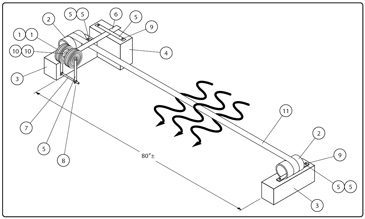
Shawn Frayne, a young inventor based in Mountain View, California, is the creator of Windbelt, a new device for wind-energy production based on an aerodynamic phenomenon known as aeroelastic flutter.
This phenomenon is a well-known destructive force and it caused, for example, the Washington’s Tacoma Narrows Bridge to collapse in 1940 (video). Researchers at Humdinger (this is the name of the company pushing forward the Windbelt technology) have discovered that it can also be a useful and powerful mechanism for ‘catching the wind’ at a variety of scales and costs beyond the reach of traditional turbines.



